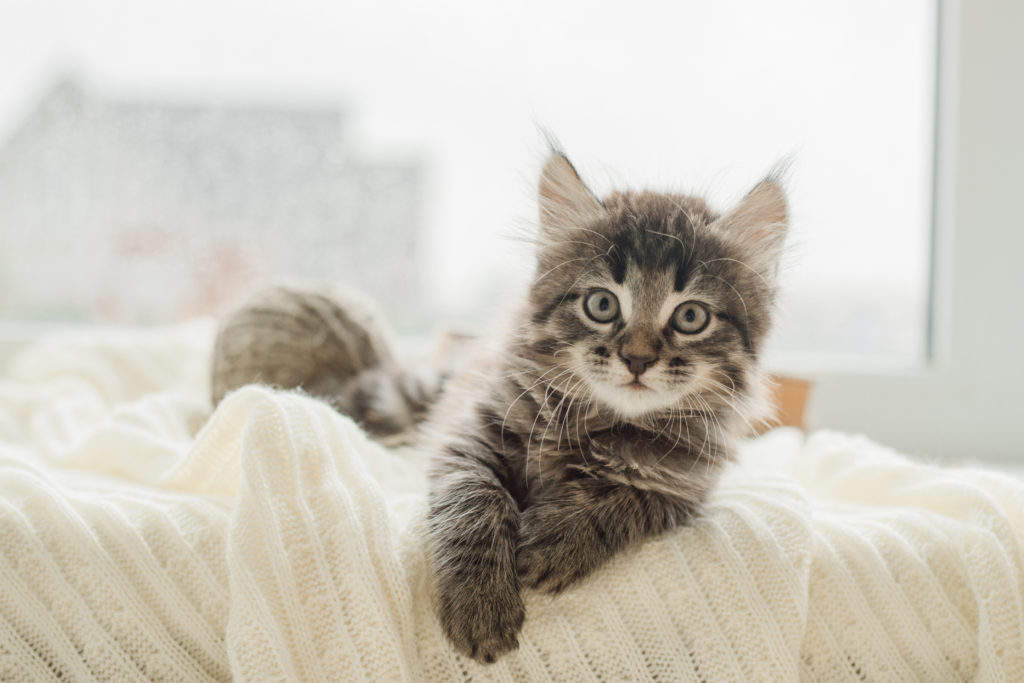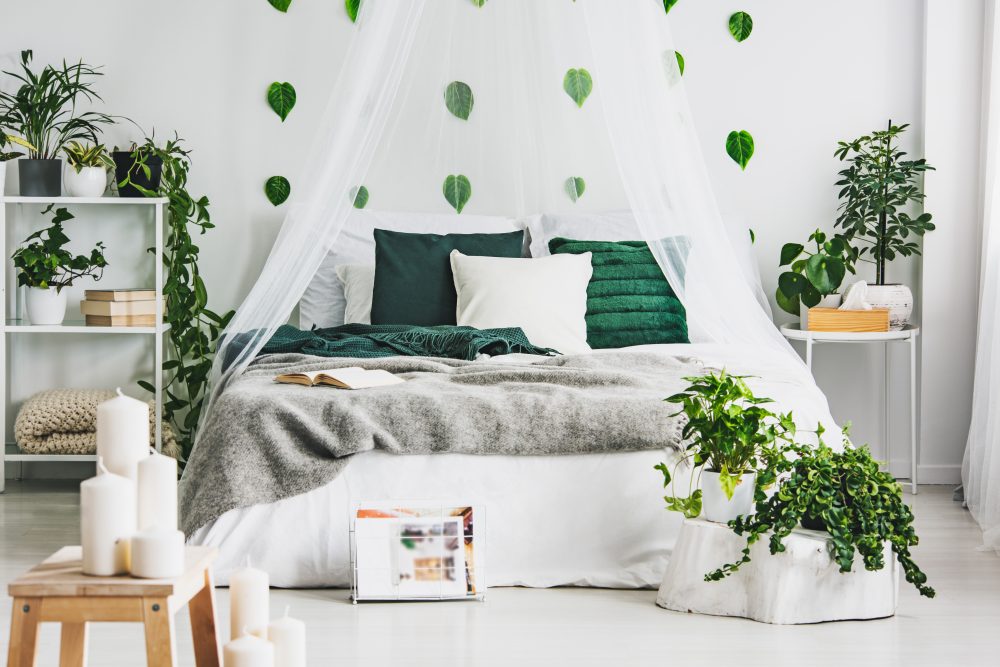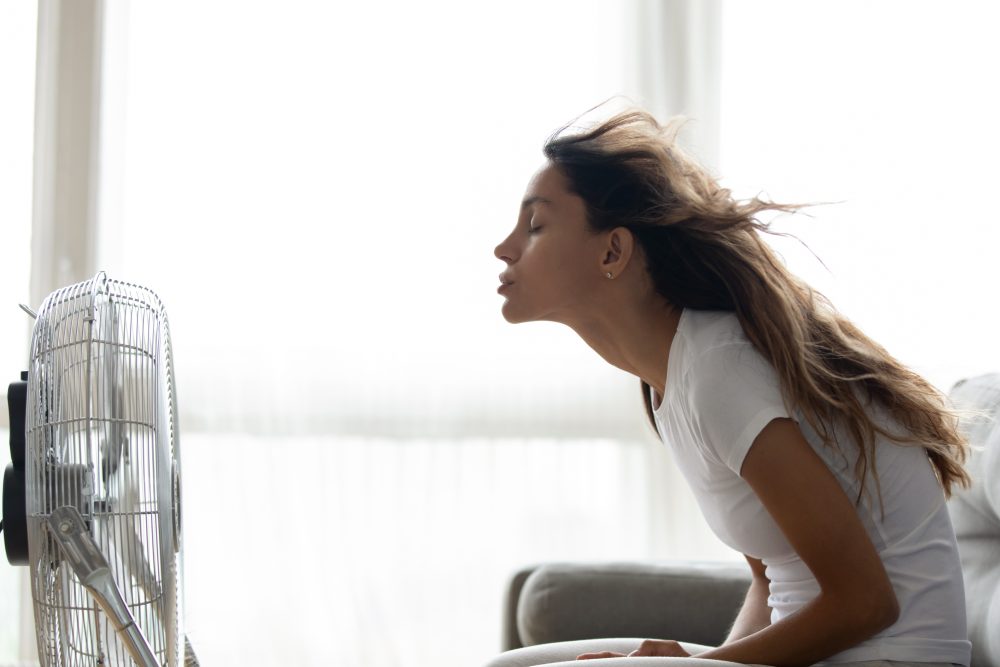If you are thinking about getting a pet, there is a lot of preparation involved. This includes your own preparation (are you even ready for the responsibility for caring for an animal?), to ensuring you have all the items you need to keep your pet entertained, fed and watered.
If you’ve chosen a cat, dog or house rabbit – you will also need to get your home pet-proofed for the safety of both your animal and your belongings!
Here is a checklist of what you need to think about.
1. Hide the Rubbish
Animals love to scavenge, and your rubbish bins are the perfect opportunities for them to sniff, hide and nibble.
Makes sure you have a proper rubbish bin with a secure lid that is not easily knocked off. Even better, hide it in a cupboard or utility room so there is no chance they will be able to get at it.
2. Cover the Cords
Everything is interesting and entertaining for an animal, so keep cables out of reach so they are not nibbled or chewed which could lead to an accidental shock or burn. Enclose them in cupboards or box them off so they are not a temptation.
Cords for blinds should also be properly secured. Anything that dangles is a serious temptation to cats and dogs, so avoid the risk of your pet getting tangled up by wrapping up a cord out of reach.
Give your pet lots of chew toys too, so they have plenty of alternative chewable options!
3. Poisonous Houseplants
Houseplants bring light and joy to a room – and probably seem innocuous – but some are poisonous to animals; check what you have in your house and remove any that could do some harm.
Common plants which cause problems include Lilies, Aloe Vera, Snake Plants and Ivy.
Do your research here – and make sure you move anything harmful out of reach of your new pet.
4. Close Lids
Toilets are tempting bowls for new pets – so make sure you keep toilet lids closed (or even keep the door shut) so they can’t go exploring in there as they might get stuck (or sadly drown).
The same principle applies for washing machines, dishwashers and dryers – pets are curious animals so remove the temptation for them to go somewhere that is risky.
If you keep cleaning products in cupboards (e.g. under the sink) remember to add a child lock to the door so your pet can’t get in, or move these chemicals to a high up cupboard they can’t reach.
5. Remove the breakables
If you have a new kitten or puppy, they will be very excitable when they first come home and will certainly explore the place thoroughly!
If you have fragile items, or soft furnishing which would be easily scratched, then it is a good idea to move them out of the house until you have had chance to train your pet.
A storage unit is a great option here; you can temporarily move your belongings into a clean and dry space while your animal has chance to settle in at home.
Training a pet can take a few weeks or may take a few months, but storage contracts at Shurgard are flexible. You only stay and pay for the time you need. Find a Shurgard storage center near you.
The most important part of owning a new pet is the love and enjoyment involved. So, welcome home to your new animal!
What additional tips do you have to make sure a new pet finds a safe and happy home? Let us know in the comments below.




Leave a Reply